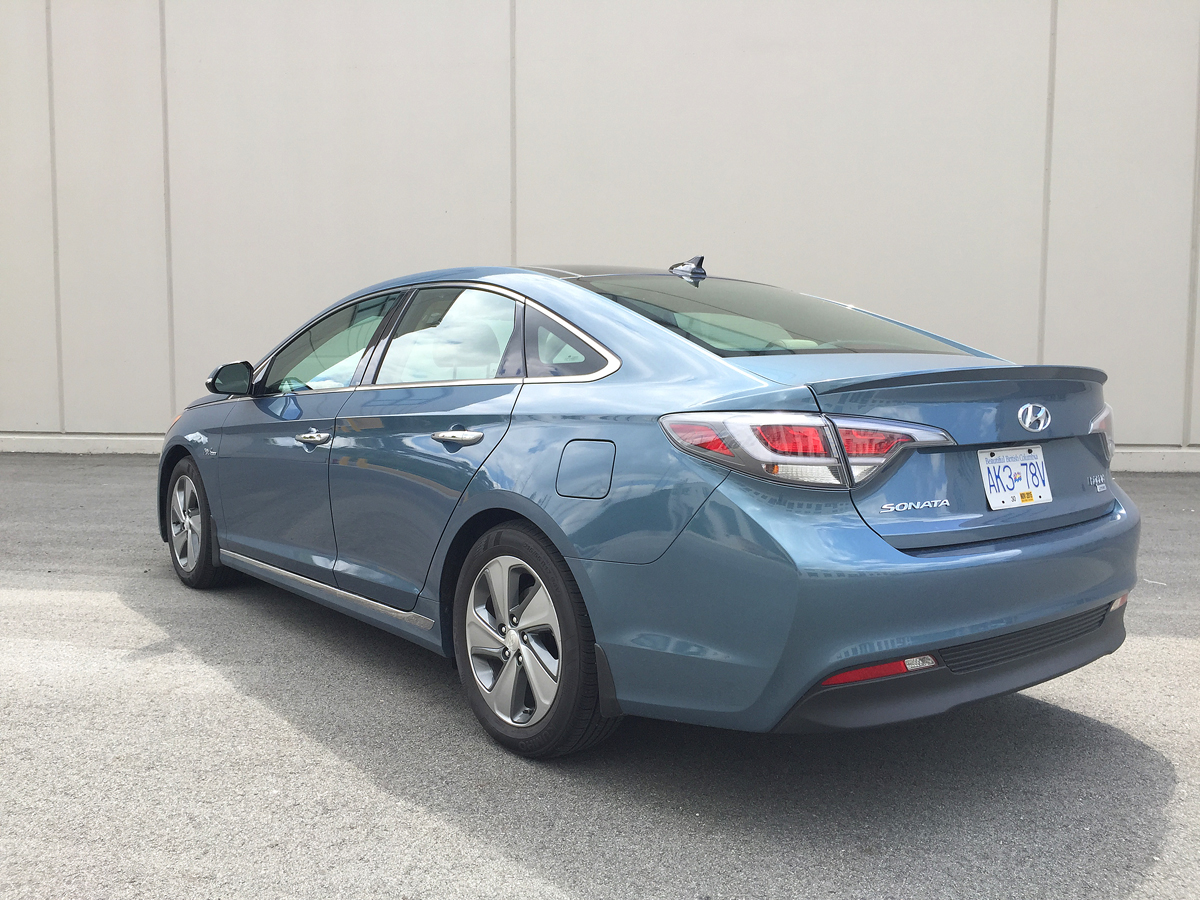PDI (pre-delivery inspection) process explained

Anytime you see advertisements for a new car where prices are listed, somewhere in the fine print there will be mention of PDI. These letters stand for pre-delivery inspection, which is the process whereby a dealership technician inspects a vehicle for any flaws and basically gets it ready for the eventual owner.
The exact list of things to be done, and as a result the time it takes to do them, varies slightly from manufacturer to manufacturer. We spoke to our friends at OpenRoad Hyundai about what their specific tasks look like when performing a PDI.
The Skinny
At Hyundai, techs are allotted 1.8 hours to go through all the steps laid out in the inspection checklist regardless of model, which is comprised of six sections. As a comparison, over at Audi, a PDI for a S8 full-size executive sedan takes more than five hours.
Checklist
The following details what work is involved for each item.
• Engine compartment: all fluids such as washer, coolant, brake, power steering, transmission and engine, are topped up. The hood latch is lubricated to ensure smooth operation, the battery is tested for full charge and everything else is examined for visual defects and abnormal noises.
• Underside: associated oils for all-wheel drive vehicles are checked. Hoses, lines, the exhaust system and suspension components are visually inspected, and the brakes are serviced.
• Interior: the pedals are operated, looking for freeplay, and the brakes checked for correct operation. The steering wheel is aligned, and fuses installed for the radio and other electronic accessories. Every individual component of the interior is scrutinized. Locks, latches and hinges are lubricated, and the clock and radio station pre-sets are adjusted accordingly.

• Exterior: all lighting is turned on and the headlights are aimed. Tire pressures, including the spare tire, are set to manufacturer-suggested specifications. Windshield wipers and washer fluid level are examined, as well as all body panels and components (i.e. weatherstrips, bumpers, mouldings).
• Road test: the vehicle is driven for the recommended 10 kilometres on both city and highway roads, listening and feeling for any issues. The engine, transmission, clutch, brakes, steering, cruise control, lane departure warning and air suspension, if applicable, are all inspected, as is the alignment and steering wheel for shimmying/pulling. The computer is scanned for any diagnostic trouble codes.
• Final preparation: all protective coverings are removed, and floor mats are put in place. Wheel covers and wheel locks are installed, if required (locks are only used on alloy wheels). Paint condition and emblems are checked. The jack, wheel nut wrench, owner’s manual, service passport, warranty booklet and guides are verified to be in their proper spots. Finally, if needed, a license plate bracket and OpenRoad plate frames are outfitted.

